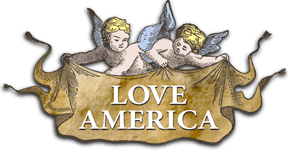
An Ounce of Prevention: A Report from The Nature Conservancy
http://www.nature.org/initiatives/forests/files/ounceofpreventionsingle1.pdf
How Europe's Risk-Free Regulatory Agenda Threatens American Free Enterprise."
1. Publicly adopt a high level of pest protection (PRECAUTION PRINCIPLE - ZERO RISK) as a national mandate.
2. Create a temporary holding category for imported plants (NAPPRA) and immediately put into it all imported plants and cuttings except those plants with exceptional characteristics (POLITICAL PRECAUTIONARY PRINCIPLE, HAZARD ASSESSMENT-BASED ON INTRINSIC QUALITIES & INHERENTLY DANGEROUS CHARACTERISTICS) that indicate safe importation can continue. To be exempt from the NAPPRA list, plants should at a minimum a) have been widely imported in the past with few interceptions of known pests or diseases and b) be characterized by stable conditions of production and import (volume, origin, cultivation techniques) so that past experience remains a reasonable guide to future risk. Plants on the NAPPRA list could still be imported as tissue culture or seeds, under an approved clean stock program, or under strict quarantine.
3. Create a process that allows reasonably fast decision-making to remove from NAPPRA plants posing little risk. (BETTER SAFE THAN SORRY BANNING OF SUSPECT ITEMS)
4. Speed up the pest risk analysis process by first assessing the likeliest pathways of infestation. (HAZARD IDENTIFICATION-BASED DECISION-MAKING WITHOUT SCIENTIFICALLY ASSESSING THE RISKS)
Good Neighbor Committee
P.O. Box 155 - La Salle, CO 80645
info@goodneighborlaw.com
| Good Neighbor Law© 2006 |